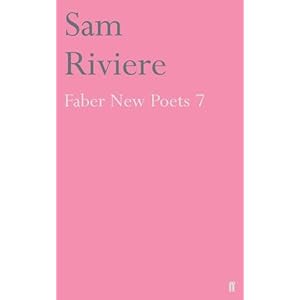Although I thought the poems were thought-provoking, often amusing and certainly very intelligently written, with one particularly outstanding piece, 'Myself Included' I also found them (as I do much modern poetry) lacking in metrical and formal impact. I do like a bit of form, and I'm intrigued by what occurs in terms of creative results when writers work within formal constraints; there is an exciting tension between freedom and restraint (or am I getting confused with Fifty Shades of Grey?) which, in the best poetry, produces rhythmical and or rhyming effects that are magical and transcendent.
Everyone, of course, has their top ten poetic forms, and argues about them fiercely with their chums. How many playground and workplace scuffles has that led to? I seem to remember that my own knowledge and interest in this subject was fired by a publication called The Poetry Handbook, and I was delighted to discover recently that it is connected with my chief literary icon, Kurt Vonnegut, in that the author's son's second wife was Vonnegut's first (keep up at the back).
Sitting smugly unchallenged at the top of my forms is the villanelle; the Wiki-link will explain it better than I; suffice to say its best-known manifestation begins:
Do not go gentle into that good night,
Old age should burn and rave at close of day;
Rage, rage against the dying of the light.and it involves, basically, triplets whose last lines repeat alternately the first and last lines of the opening triplet, and a concluding quatrain which repeats both, while the middle lines of each triplet all share the rhyme of the original second line. When executed well, the effect is mesmerising, often very moving and paradoxically natural in an almost casual way. Handled badly, however, it sounds contrived and inane.
I'm also very fond of the sonnet, which seems to me to stand like a piece of retrained, classical architecture in the landscape of verse and the limerick, especially where its used counter-traditionally to express real wit or even seriousness, or both: e.g. Maurice Hare's:
Predestination
There once was a man who said "Damn!
It is borne in upon me I am
An engine that moves
In predestinate grooves;
I'm not even a bus, I'm a tram"
or Wendy Cope's priceless rendition of 'The Wasteland' in limericks.
There is also at least one poetic form which I find pointless and irritating, namely the sestina, which involves repeating the end words of the first verse, in different order and according to a precise formulation, as the end words of the lines in each subsequent verse. I remain open to conversion by having a staggering counter-example wafted under my nose, but this has always seemed to be to be a highly-structured way of writing something tedious.
I feel ashamed not to have gone into, for example, the fiendish Welsh cynghanedd, possibly a unique form in that it is as difficult for non-Welsh people to pronounce as it is to create, and many others, not to mention the wonderfully crazy lexicon of terms describing metre, which always remind me of the sub-atomic particles menagerie, but I'm sure you'll find them all in The Poetry Handbook.


No comments:
Post a Comment